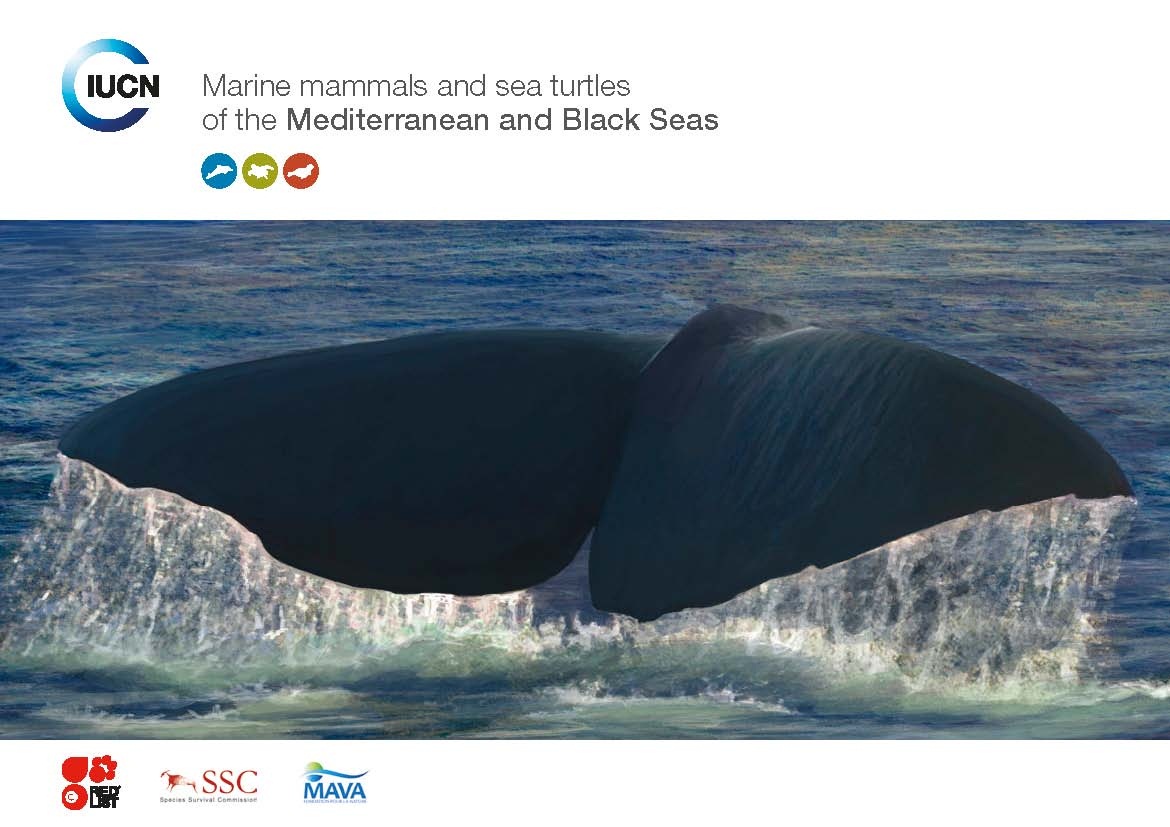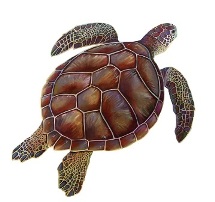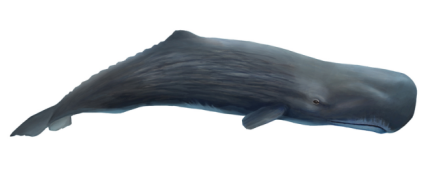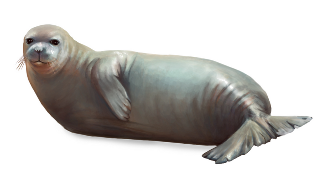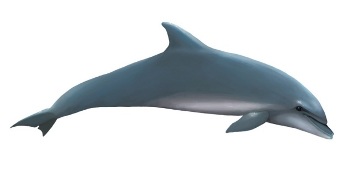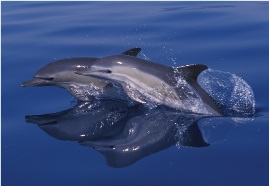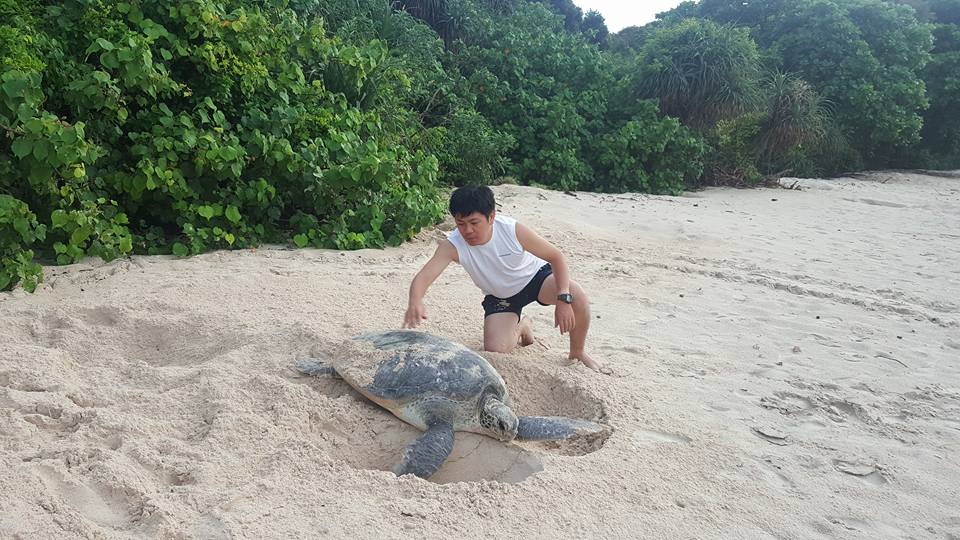Swimming across the Mediterranean and the Black Seas
New report by experts on the status of seals, sea turtles, porpoises, dolphins and whales now available
The conservation status of the marine mammals and sea turtles that inhabit the Mediterranean and Black Seas has been a subject of concern and interest for many years. The species analysed in this report, previously classified by IUCN at global level, show for the first time the regional status for those cetacean species resident in the Mediterranean Sea, presenting a more endangered status as compared with their global standing. The only seal species (Monachus monachus) and the two sea turtles (Chelonia mydas and Dermochelys coriacea) found in the region are also featured in this report.
Out of the 87 cetacean species existing worldwide (whales, dolphins and porpoises), 21 species and three subspecies have been sighted in the Mediterranean and Black Seas. Eight of these have regular populations in the Mediterranean, three subspecies are endemic to the Black Sea (i.e. not found anywhere else in the world) and 12 are visitors and appear from time to time in the Mediterranean. However, information for many of them is still patchy and limited to few areas. Furthermore, the status of marine turtles and the only seal in the region are highly endangered.
“This compilation, including illustrations and distribution maps, should give governments, environmental activists and all those interested in Mediterranean biodiversity a starting point for identifying, and deciding how and where to allocate limited resources as they try to restore and prevent additional harm to marine ecosystems and species which are still, quite literally, in danger of extinction.” comments Maria del Mar Otero, IUCN Mediterranean Marine Programme officer.
Of the 9 resident species of marine mammals (8 cetaceans and the Monk seal) assessed using the IUCN Red List Criteria, 6 (66%) are threatened with extinction (CR, EN, VU), amongst which the Mediterranean Monk seal, the Sperm Whale (Physeter macrocephalus) and the Short-beaked Common Dolphin (Delphinus delphis). Craig Hilton Taylor, IUCN Red List Unit Manager, comments “This data comes from the latest assessment of The IUCN Red List of Threatened Species™, the world's most comprehensive inventory of the global conservation status of plants, animals and fungi and the most authoritative guide to the status of biological diversity. Complemented by information from specialist groups, and produced to reach wider audiences, we hope this new publication will help to know our marine species better, and to increase general awareness on their threats and conservation measures needed to preserve them, as well as the need for further research on marine species”.
The study assessed all populations of Mediterranean and Black Sea cetaceans against the IUCN Red List Categories and Criteria. The IUCN Red List Authority, Species Survival Commission members, Species Programme, and the Agreement on the Conservation of Cetaceans of the Black Sea, Mediterranean Sea and Contiguous Atlantic Area (ACCOBAMS) have also contributed to the review and enrichment of the data presented in the report. Financial support was provided by the MAVA Foundation and the Spanish Agency for International Development Cooperation (AECID).
This new publication will be launched on the occasion of the Third Meeting of National Correspondents of the Strategic Action Programme for the Conservation of Biological Diversity in the Mediterranean Region (SAP BIO) / MedMPAnet Project Mid-term Workshop to be held in Málaga from 4 to 6 July 2012, organised by the Regional Activity Centre for Specially Protected Areas (RAC/SPA) with the support of the Spanish Ministry of Agriculture, Food and Environment and the IUCN Centre for Mediterranean Cooperation.
